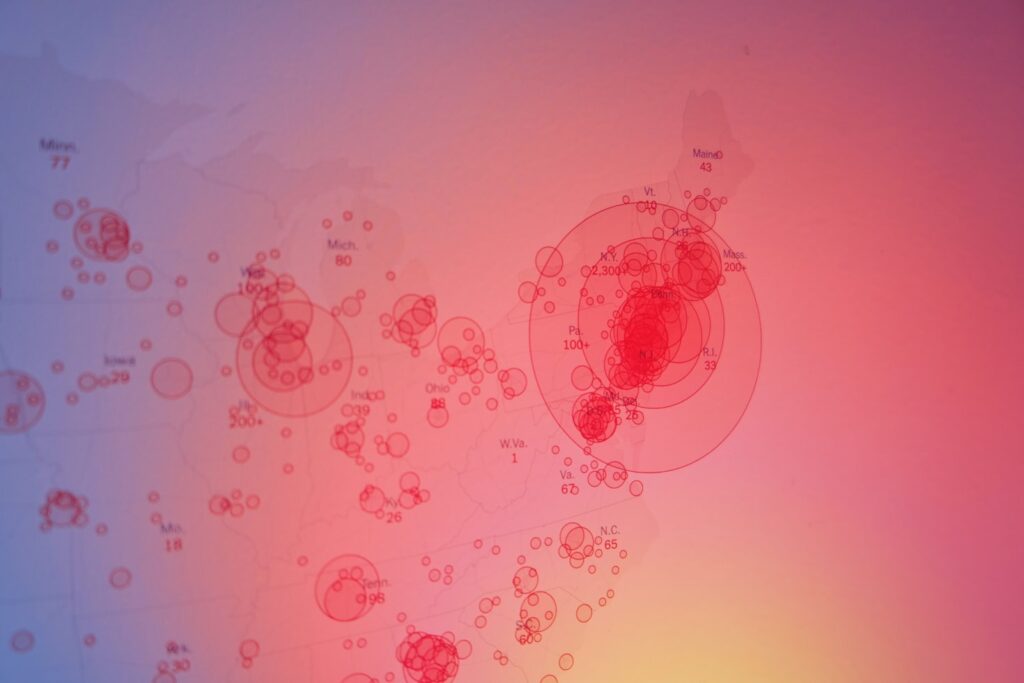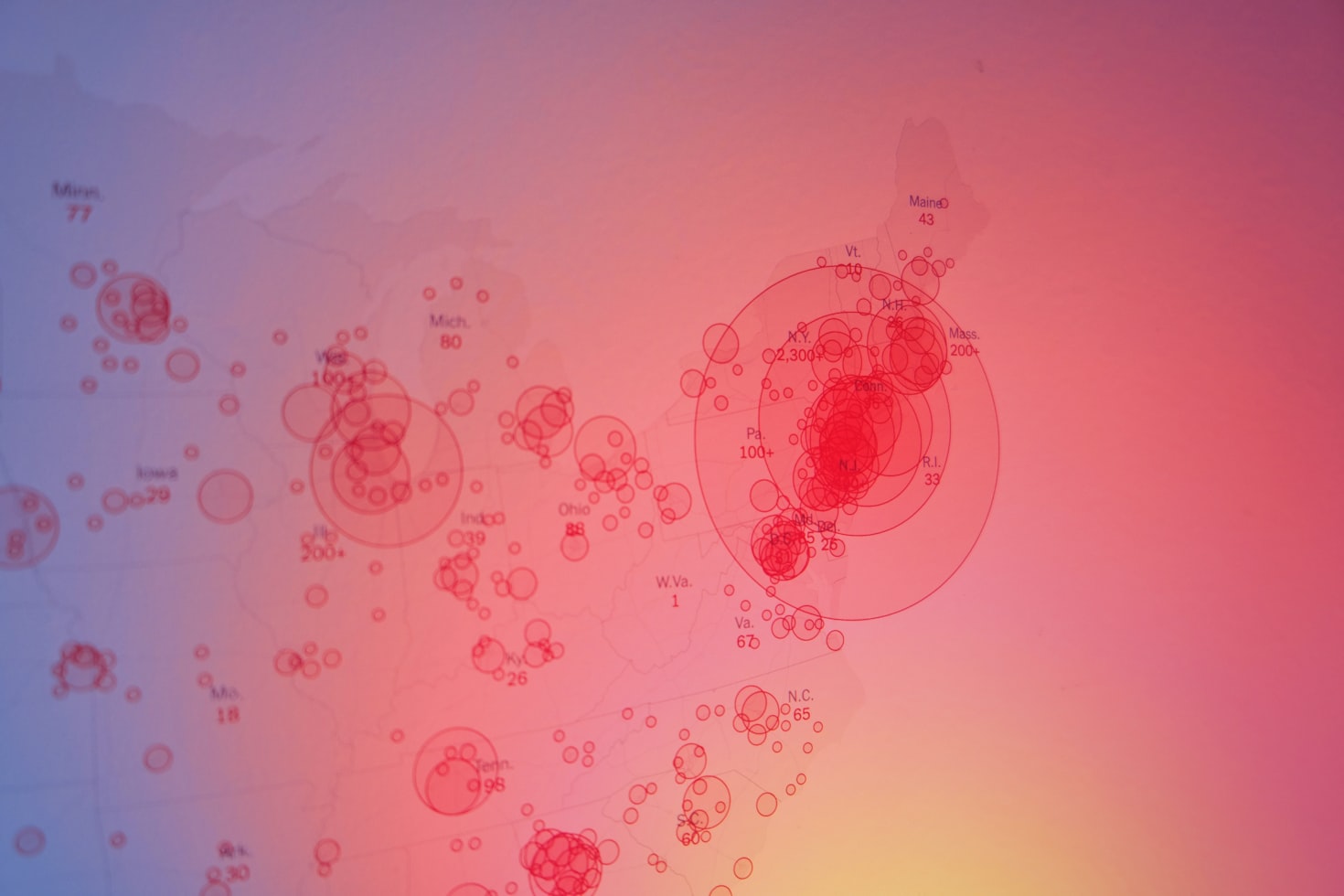
Viruses are microscopic entities that exist almost everywhere on Earth. Although they are often associated with disease, they also play essential roles in ecosystems…
How Viruses Infect and Spread
The life cycle of a virus begins with attachment — specific proteins on the virus surface bind to receptors on the host cell. This initial contact is highly selective, determining which cells a virus can infect. After attachment, the virus enters the host cell either by fusing with the cell membrane or by being engulfed through endocytosis. Once inside, the viral genome is released into the host’s cytoplasm. Depending on the type of virus, the genetic material may travel to the nucleus or remain in the cytoplasm to begin replication. The host’s machinery is hijacked to synthesize viral proteins and replicate the viral genome. New viral particles are assembled, packaging the genetic material within protein shells. Finally, the new viruses are released from the host cell, either by causing cell lysis or by budding off, ready to infect new cells and continue the cycle. This process often damages or kills host cells.
Host Response and Viral Evasion Strategies
Once a virus begins replicating inside a host, the immune system quickly detects the threat and mounts a response. The innate immune system is the first line of defense, using cells like macrophages and natural killer cells to target infected cells. Specialized proteins known as interferons are also released, signaling neighboring cells to heighten their defenses. However, viruses have evolved a variety of evasion strategies to survive. Some viruses can inhibit the production of interferons, while others disguise themselves by mutating their surface proteins. This ability to adapt allows viruses to persist within the host, sometimes establishing chronic infections. In some cases, such as with HIV, viruses specifically target the immune system itself, weakening the host’s defenses over time. This ongoing battle between viral adaptation and immune defense drives much of the virus’s behavior and evolution. Understanding these mechanisms is crucial for developing vaccines and antiviral therapies that can tip the balance in favor of the host and prevent widespread infection.
Summary of Host-Virus Interactions
The immune system works tirelessly to detect and eliminate viruses, but viruses have developed sophisticated strategies to evade these defenses. This ongoing struggle shapes the outcomes of infections and influences the development of treatments.
